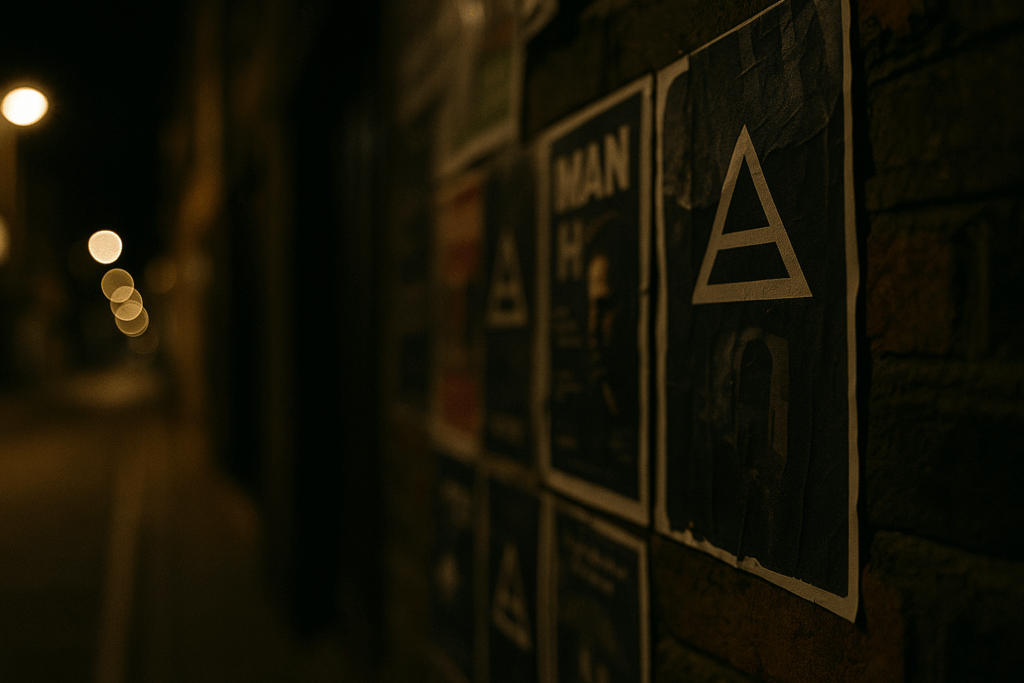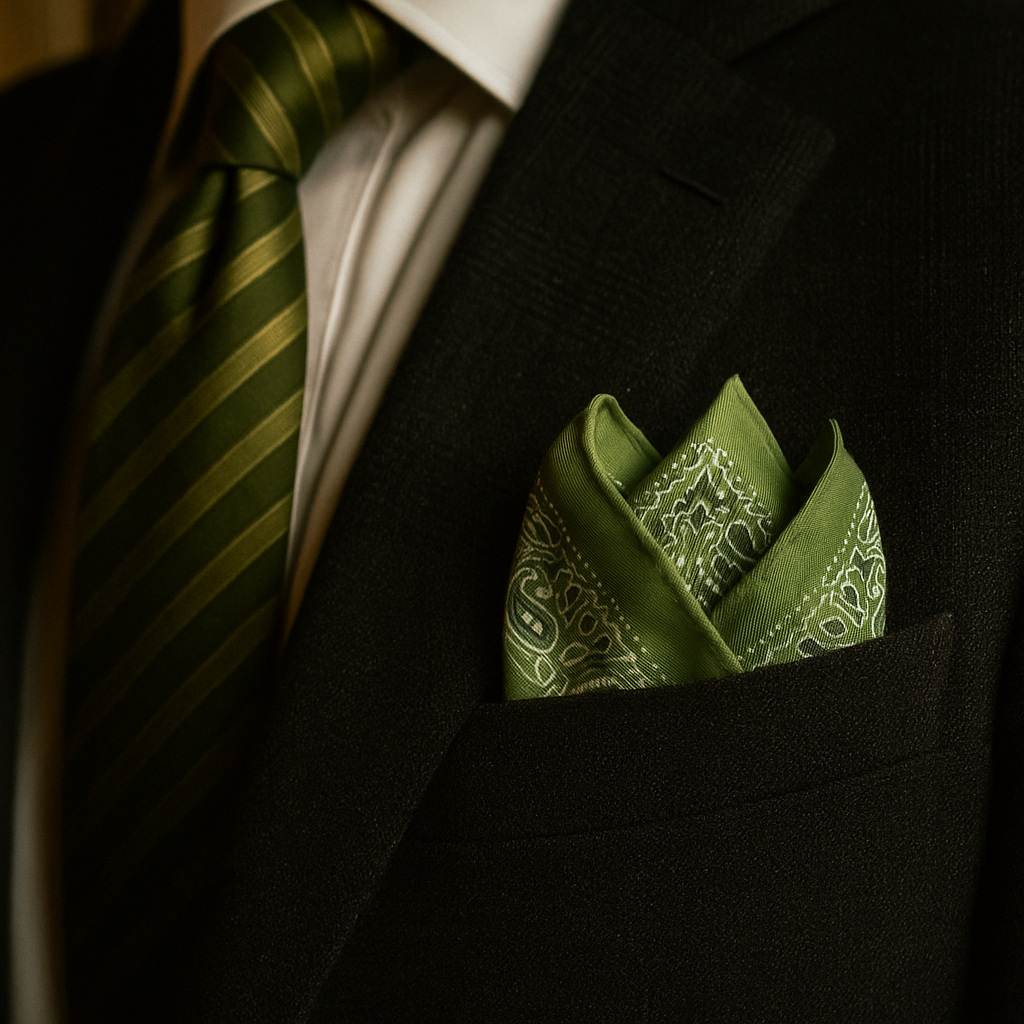Introduction
You notice it once. A word, an object, a symbol. Perhaps a particular motif stitched into the edge of a pocket square. And suddenly, it’s everywhere; on the train, in an ad, in a conversation. The Baader–Meinhof Phenomenon, or frequency illusion, is not about coincidence. It’s about attention. It’s about the moment the veil lifts; not on the world, but on how you’re finally seeing it.
This isn’t just a quirk of the brain. It’s a map to how meaning hides in plain sight and how patterns, once revealed, ask us to choose: ignore them, or follow.
The Mechanism of Recognition
The Baader–Meinhof phenomenon begins when two cognitive processes collide: selective attention and confirmation bias. First, your brain flags something new or emotionally charged. Then it starts scanning for repetition, eager to validate the impression.
But this isn’t about the thing itself. It’s about you. Your landscape hasn’t changed. Your vision has.

From Coincidence to Code
What if patterns are not random repetitions, but quiet calls for awareness? In the same way a certain pocket square in the 1984.black collection might echo a symbol you’ve seen before; a sigil, a loop, a knot, the repetition is an invitation. Not just to observe, but to interpret.
We don’t just wear patterns. We are drawn to them, again and again, as if decoding a language we’ve forgotten.
The Aesthetic of Frequency
Fashion works similarly. Not in trend cycles, but in the personal patterns that form when we find something that resonates; a color, a fold, a motif. You see a certain geometric swirl once. It feels familiar. You see it again. You buy the square, not because of what it is but because of what it reminds you of.
The Baader–Meinhof effect doesn’t only happen in the brain. It happens in the wardrobe.
Hidden Signals in Plain View
There is a pocket square we carry, The Jade Protocol, with curved lines that appear almost organic. But to someone else, it resembles a seal they once saw in a forgotten text. To another, it evokes a childhood temple visit.
This is not mass perception. It is patterned intimacy. What you see depends on what you’ve lived and what’s being awakened.

When the Mind Becomes a Mirror
Once you see a pattern, it’s hard to unsee it. The repetition creates its own gravity. It begins to feel like the universe is whispering, not just echoing. That’s when the Baader–Meinhof phenomenon turns mystical.
Is it the mind noticing what was always there? Or are we tuning into something sentient; a deeper design behind coincidence?
Clothing as Cognitive Anchor
Our accessories are not just style; they are sigils. Triggers. You wrap a certain pattern around your wrist or fold it into your breast pocket not to match, but to mirror something internal. To say, “This is part of my pattern now.” The garment becomes part of the phenomenon.
Recognition becomes ritual.

The Choice to See Differently
The Baader–Meinhof effect is a trick of attention, yes. But it’s also a practice. A reminder that meaning doesn’t announce itself. You must be tuned. Attuned. Willing to let the world reappear, one pattern at a time.
So next time something shows up twice, pause. It may be showing you.





